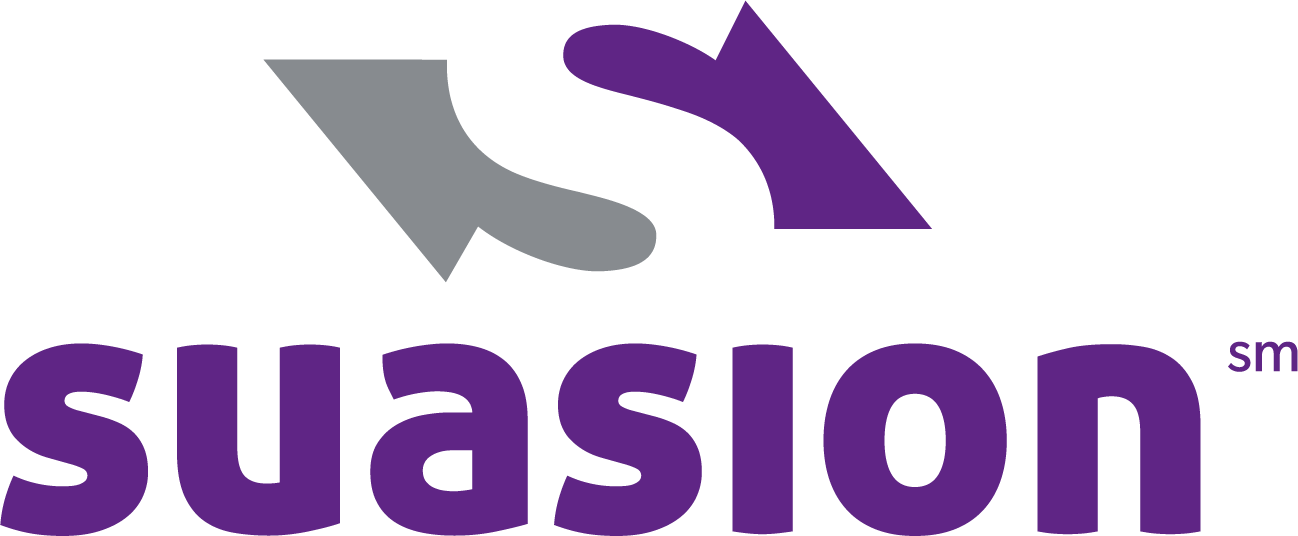
Image courtesy of Andy Newson at FreeDigitalPhotos.net
Let’s imagine for a moment that you are the president or executive director of an organization and you have just hired four new people who report directly to you. You show them to their desks, tell them when to show up each day, hand them a manual full of policies and walk away. Six months later you find that those four employees still don’t really understand your organization or what their job is. They don’t know your mission or your vision; so of course, they aren’t able to talk favorably about your organization to others. And, in fact, they only came to work about 50 percent of the time.
While this might seem extreme, it represents how many organizations orient their new board members and the results of this practice. Having helped many nonprofit organizations with board development, I have found it is not uncommon for new board members to take six months to one year before they are comfortable contributing to the board discussions and activities. Far too often, nonprofits focus on the recruitment process and do not have an effective, formal means for onboarding. Since January is the time when many organizations bring new board members on, I’ve provided a few tips for orienting new members to more quickly become valuable and productive members of your team.
Create a formal orientation process.
This should include a face-to-face meeting to discuss the mission, programs, board roles, etc. Conduct training in areas of board responsibilities such as reviewing the financial documents for those who do not have expertise in this area. Also, give new members a reference manual.
Develop a mentor program.
Connect experienced board members with new ones to attend orientation, introduce the new board member at the first meeting he or she attends and contact the new member after the first several meetings to answer questions and discuss the activities that occurred. Ideally, this mentor relationship should continue for the first year.
Provide training on board roles.
This type of training is important even if the new member has previously been on other boards. There are many organizations that do not fully understand the roles and responsibilities of boards in terms of legal requirements or best practices. Don’t assume a new board member’s previous experience is an appropriate model for your organization.
Get the new board members into your facilities.
Give them an opportunity to experience first- hand the mission of your organization. Allow them to engage with staff and/or clients. Have them meet briefly with key leadership staff to better understand their roles and your programs.
Follow up after the first two-to-three board meetings.
The executive director and/or board chair should schedule a meeting with a new board member after three or four months of service to touch base and provide any additional direction. Also, this meeting should be used to assure the mentoring process is working effectively.
For a checklist of items that should be included in your board member orientation and manual, send me a request at Victoria@suasion.us




